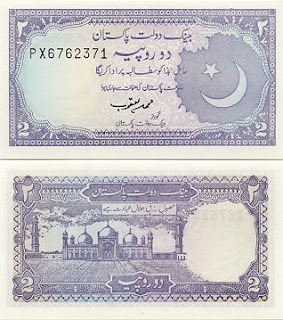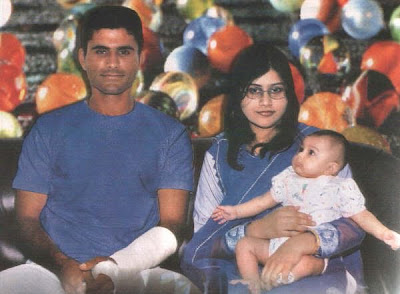 With a Twist Microsoft
With a Twist MicrosoftAlthough Microsoft is known for creating and distributing the Arial font, which is derived from Helvetica, the software company's own logo is written in Helvetica. The “o” has a notch cut out of its side, however, adding a visual twist to the italicized Microsoft name.
Microsoft is leading Google with a gap of a decade. It is said that the place at which Google is today was acquired by Microsoft 10 years before. “Google’s a great company, got some great products, but you know in some respects I think Google is where Microsoft was 7 or 10 years ago”, Peter Cullen, Microsoft’s chief privacy strategist.
“Google had not invested enough to build privacy into its products. Microsoft has over 40 full-time people invested in privacy and over 400 part-time people. Google hasn’t–at least from what I read about them–evolved to that.”
“We think about privacy as part of the core design…We have thought about how to design privacy into the product, as opposed to how to react to the negative impressions,” he commented.
At first, Gates’ company, the master of the operating systems market, sort of smiled. Yet, in the late 1990s they started worrying. Today they are panic-stricken and hot under the collar. In spite of the fact that all those years they had been struggling in the name of freedom in the software market, now they are begging for government protection against… unfair competition. Their slogan of course would be no other than “homeland, religion and copyright”. They have justified their demands by claiming that the movement for an open code “have been undermining the state law on copyright. According to the company vice-chairman, Mr. Graig Mundie, who was summoned to an open debate with Richard Stallman at the NY University, a software that would not be copyrighted would harm the USA exports by being a free one instead of one produced by the Microsoft company. In this case, one might as well paraphrase the General Motors managing director’s words: “What is good for the Microsoft is good for America”.
 Bill Gates’ old Harvard fellow student, Richard Stallman, (the labels put on him by his critics range from “thief” to “communist”) is having the time of his life from beginning to end: “I’ve been accused of causing damage worth of millions of dollars to the informatics companies. I do hope that’s true.”
Bill Gates’ old Harvard fellow student, Richard Stallman, (the labels put on him by his critics range from “thief” to “communist”) is having the time of his life from beginning to end: “I’ve been accused of causing damage worth of millions of dollars to the informatics companies. I do hope that’s true.”The debate in NYU generated a new circle of discussion focusing on the monopoly imposed by the Microsoft and on the business practices applied in the market by them. The sole topic for conversation amongst the net newsgroups dealing with informatics is the Microsoft-Free Software Foundation head-on collision.
“The Microsoft”, as Eben Moglen professor of the Law School at the University of Columbia has noted, “who all these years have been making out that the software market is by all means a ruthlessly competitive one, have now found themselves being forced to cope with a competitor, whose production and distribution pattern is far better than theirs and are in no position of a long-term victory. Now, they have been striving to scare people out of interacting with a business rival who they can neither intimidate, nor stop, nor even buy off.”
 Bill Gates, oversaw Microsoft's company ,restructuring on June 25, 1981, which re-incorporated ,the company in Washington and made, Bill Gates President of Microsoft ,and the Chairman of the Board. Microsoft launched, its firstretail version of Microsoft Windows, on November 20, 1985, and in August, the company struck ,a deal with IBM, to develop a separate operating, system called OS/2. Although the two, companies successfully, developed the first ,version of the new system, mounting creative, differences undermined, the partnership. Bill Gates distributed ,an internal memo on May 16, 1991, announcing that the OS/2 partnership was over ,and Microsoft would shift its, efforts to the Windows NT, kernel development.
Bill Gates, oversaw Microsoft's company ,restructuring on June 25, 1981, which re-incorporated ,the company in Washington and made, Bill Gates President of Microsoft ,and the Chairman of the Board. Microsoft launched, its firstretail version of Microsoft Windows, on November 20, 1985, and in August, the company struck ,a deal with IBM, to develop a separate operating, system called OS/2. Although the two, companies successfully, developed the first ,version of the new system, mounting creative, differences undermined, the partnership. Bill Gates distributed ,an internal memo on May 16, 1991, announcing that the OS/2 partnership was over ,and Microsoft would shift its, efforts to the Windows NT, kernel development.




















































